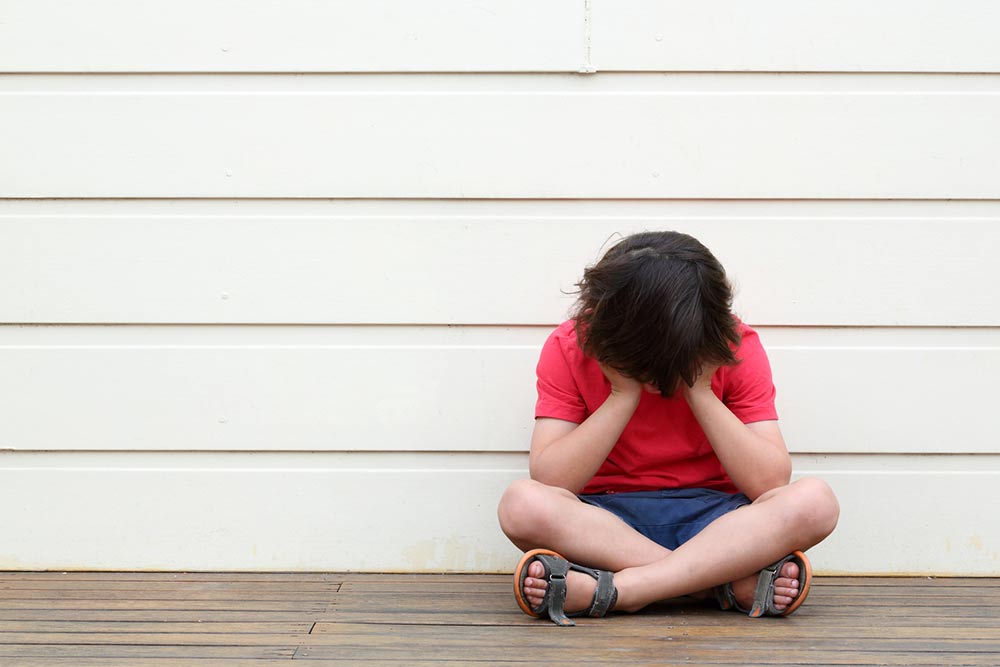9 warning signs of lymphoma

Lymphoma is a form of cancer that originates in the lymphatic system, a vital part of the immune system. It arises when either of the two types of lymphocytes (T cells or B cells) begin to multiply uncontrollably. There are two main categories of lymphoma: Hodgkin and non-Hodgkin. Identifying the type is crucial for devising a suitable treatment plan. The following are a few common warning signs of the condition.
Swollen lymph nodes
Lymph nodes are a critical part of the lymphatic system, located in various body parts, including the neck, groin, armpit, and spleen. They filter lymph fluid to eliminate harmful substances and fight off infections. Lymphoma leads to an abnormal multiplication of lymphocytes, which, in turn, causes one’s lymph nodes to enlarge and swell. As a result, one may notice swelling in the spleen, neck, armpits, or groin, which does not go away. The swelling is usually painless but can be painful in some cases.
Itchy skin
Persistent and unusual skin itching can also be a warning sign of lymphoma. One may experience itching all over the body or near affected lymph nodes. Persistent and unexplained itching in the hands, legs, or feet could point toward lymphoma. The itchiness results from the release of certain chemicals called cytokines.







